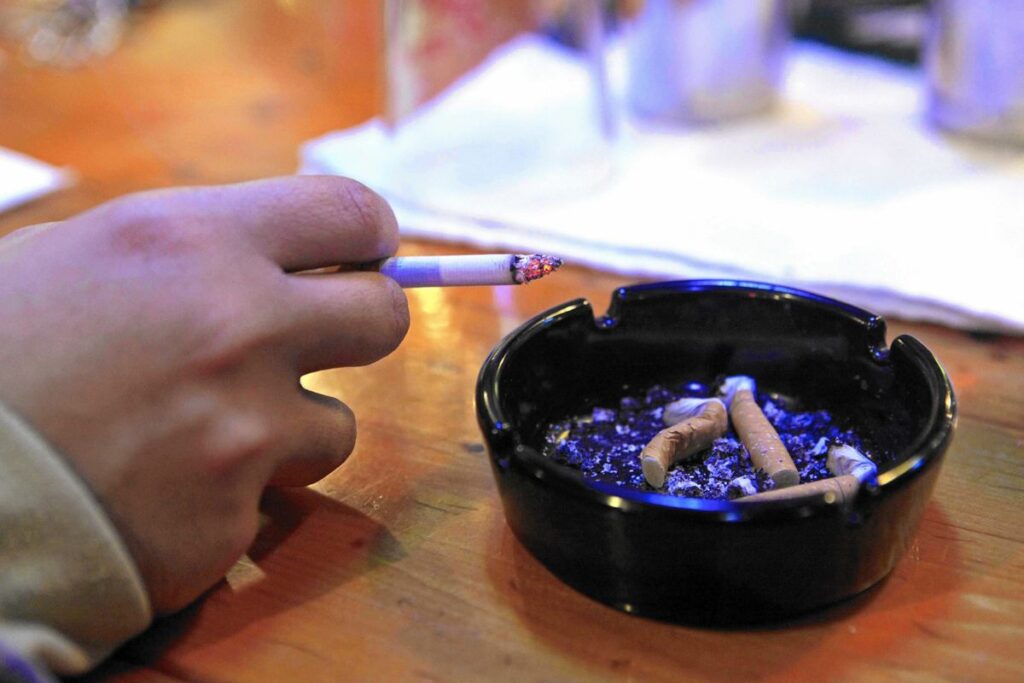
Passive Smoking effects on Children
Do not smoke and do not allow yourself to your children be exposed to smoke because second-hand smoke and third-hand smoke are just as deadly as first-hand smoke. While first-hand smoke refers to the smoke inhaled by a smoker and second-hand smoke to the exhaled smoke that can get inhaled by your children, third-hand smoke is the second-hand smoke that gets left on the surfaces of objects, ages over time and becomes progressively more toxic.
Second-hand smoke comprises smoke, which the smoker breathes out and smoke, which drifts from the end of a burning cigarette. Children most commonly come into contact with second-hand smoke when their parents, family and family friend’s smoke. Breathing in second-hand smoke is sometimes known as passive smoking.
Third-hand smoke is the smoking residue that lands and stays on nearly every surface in the area where someone has been smoking, including on skin, hair, clothing, furniture and flooring. This means it still exposes babies and children to the harmful toxins from cigarettes, even after adults have finished their cigarettes. You cannot get rid of third-hand smoke by airing out rooms, opening windows, using fans or air conditioners.
Second-hand smoke and third-hand smoke are dangerous, especially for babies and children. This is because babies and children have smaller airways than grown-ups, and their airways are still developing. Also, babies and children have less mature immune systems than grown-ups.
Babies and young children also spend a lot of time on or near the floor and often put their hands and toys into their mouths. This means they are more likely to swallow or breathe in toxins from third-hand smoke than older children and adults.
Children exposed to second-hand smoke are at an increased risk of early death and disease from various causes. Second-hand smoke can impair a baby’s breathing and heart rate, which can put the baby at a higher risk of sudden unexpected death in infancy. If parents smoke during pregnancy and after their baby is born, their baby’s sudden unexpected death in infancy risk increases.
And if we expose children to second-hand smoke, they can have swelling and irritation in their airways. They are more likely than other children to develop a range of lung and other health problems. These problems include:
- asthma
- bronchiolitis
- bronchitis
- childhood cancers, including leukemia
- croup
- ear infections
- meningococcal disease, including meningitis and septicemia
- pneumonia
- tonsillitis.
Children who live in a household where one or more adults smoke need to go to the doctor more often, and the chance that they will take up smoking in adolescence doubles.

The only way to protect children from third-hand smoke is to have a smoke-free home and car. The most important way to protect your child from second-hand smoke is to quit smoking and to support other adults in your child’s life to quit.
If you need more advice about quitting smoking or the effects that smoking has on your child, there are services, support and resources available.
